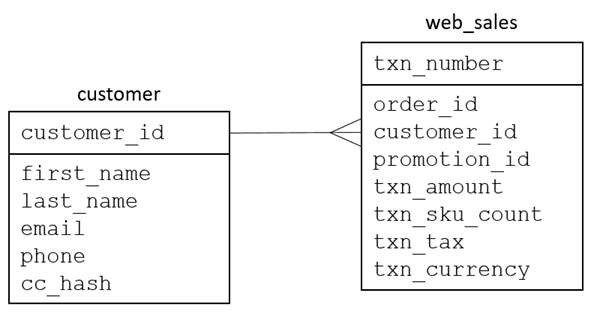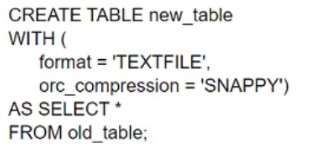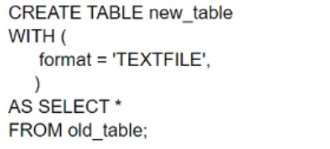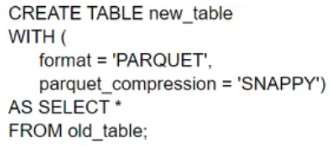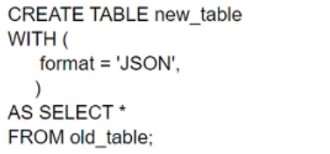A company is using Amazon EMR clusters for its workloads. The company manually installs third-party libraries on the clusters by logging in to the primary nodes. A data analyst needs to create an automated solution to replace the manual process.
Which solutions meet these requirements? (Choose two.)
A. Place the required installation scripts in Amazon S3. Initiate the scripts by using custom bootstrap actions.
B. Place the required installation scripts in Amazon S3. Initiate the scripts through Apache Spark on Amazon EMR
C. Install the required third-party libraries in the existing EMR primary node. Create an AMI out of that primary node. Use that custom AMI to recreate the EMR cluster.
D. Use an Amazon DynamoDB table to store the list of required applications. Initiate an AWS Lambda function with DynamoDB Streams to install the software.
E. Launch an Amazon EC2 instance with Amazon Linux. Install the required third-party libraries on the instance. Create an AMI. Use that AMI to create the EMR cluster.
Which solutions meet these requirements? (Choose two.)
A. Place the required installation scripts in Amazon S3. Initiate the scripts by using custom bootstrap actions.
B. Place the required installation scripts in Amazon S3. Initiate the scripts through Apache Spark on Amazon EMR
C. Install the required third-party libraries in the existing EMR primary node. Create an AMI out of that primary node. Use that custom AMI to recreate the EMR cluster.
D. Use an Amazon DynamoDB table to store the list of required applications. Initiate an AWS Lambda function with DynamoDB Streams to install the software.
E. Launch an Amazon EC2 instance with Amazon Linux. Install the required third-party libraries on the instance. Create an AMI. Use that AMI to create the EMR cluster.
